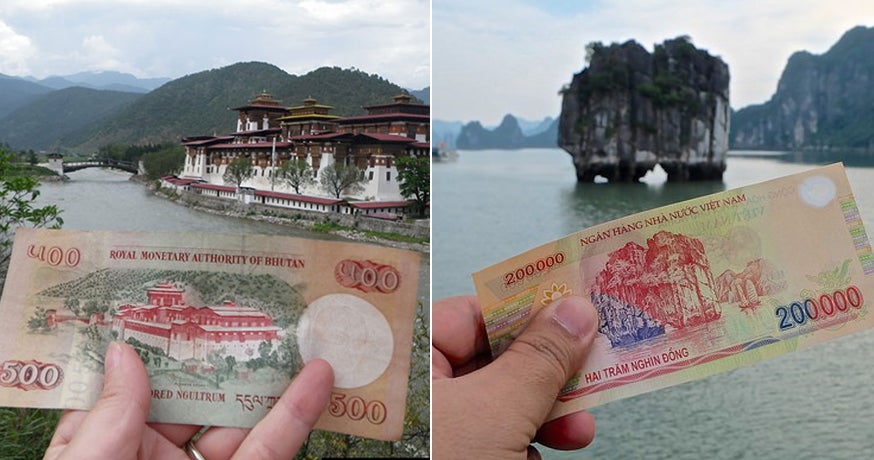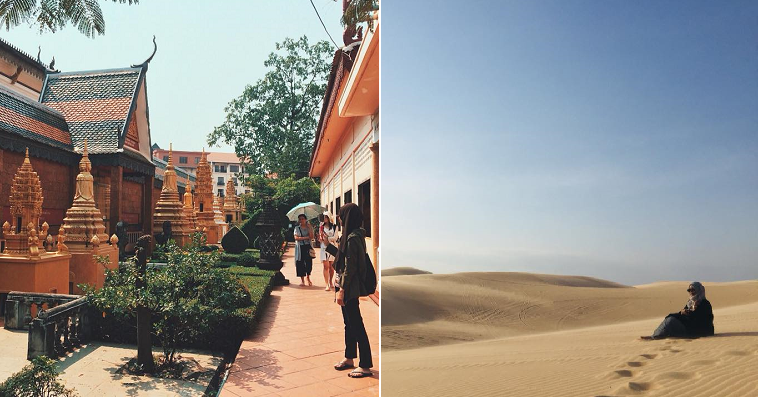If you don’t feel the urge to drop everything and hop on a plane to travel every time you see pictures of your friends travelling to amazing places, then you’re absolutely lying.
It’s great to share pictures of your wonderful adventures with friends and family, but often times, we miss visiting those iconic places that has a good backstory. If you’re tired of visiting commercialised tourist spots, here are a few spectacular sceneries printed behind banknotes that you should definitely visit (and nail that Insta-worthy shot by having the banknote in the foreground)! IG game, level up!
Vietnam
1. Japanese Covered Bridge, Hoi An – 20,000VND
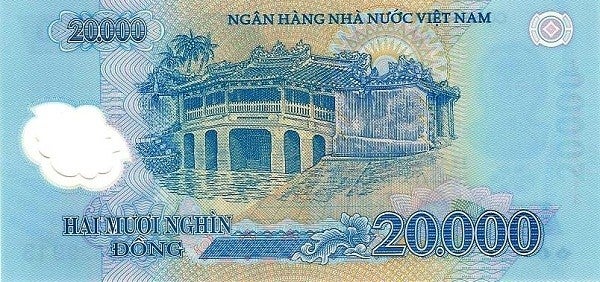
Source: Vietnam Visa EasyOne of Southeast Asia’s fastest-growing economies, Vietnam, is a land to natural beauty, with dynamic urban areas and hill-tribe villages. In Hoi An, you definitely have to check out this beautiful historical piece of Japanese architecture. Known locally as Cau Nhat Ban or the Pagoda Bridge, the bridge was first constructed in the 1590s by the Japanese community as a link to the Chinese quarters across the water.
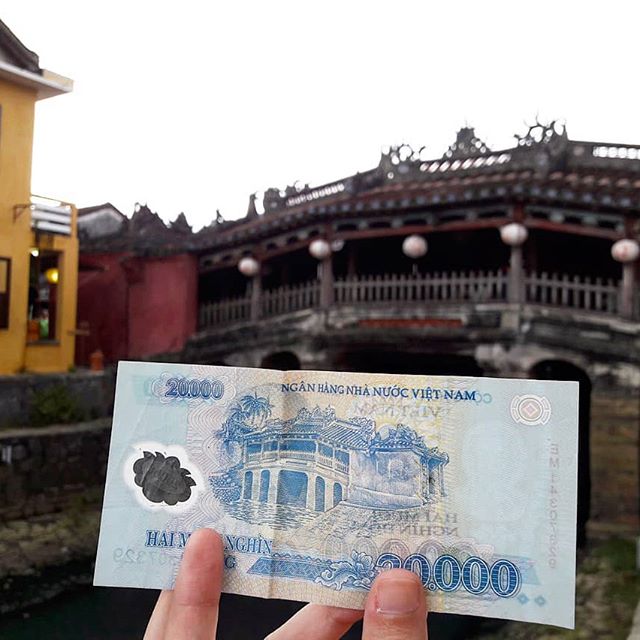
Source: kendalljenner.fun fan club
There is a small temple of the northern God Tran Vo Bac De at the north side of the bridge, with several galleries at the other end. The amazingly elegant bridge is located at the west end of Tran Phu Street in Hoi An and is easily accessible from the town centre.
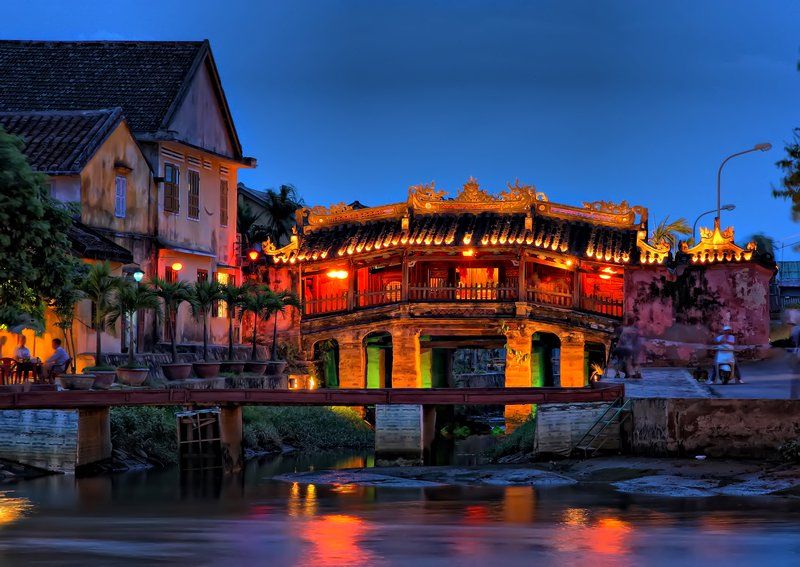
Source: Pintrest
2. Ha Long Bay -200,000VND
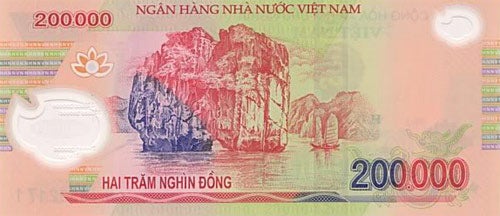
Source: MegaFun
A UNESCO World Heritage Site since 1994, Ha Long Bay is home to 1,600 islands and islets, which are mostly uninhabited by humans. Located in the Gulf of Tonkin, expect to be awed by the spectacular seascape of limestone pillars against the emerald-blue waters, along with an island topped with rainforests.
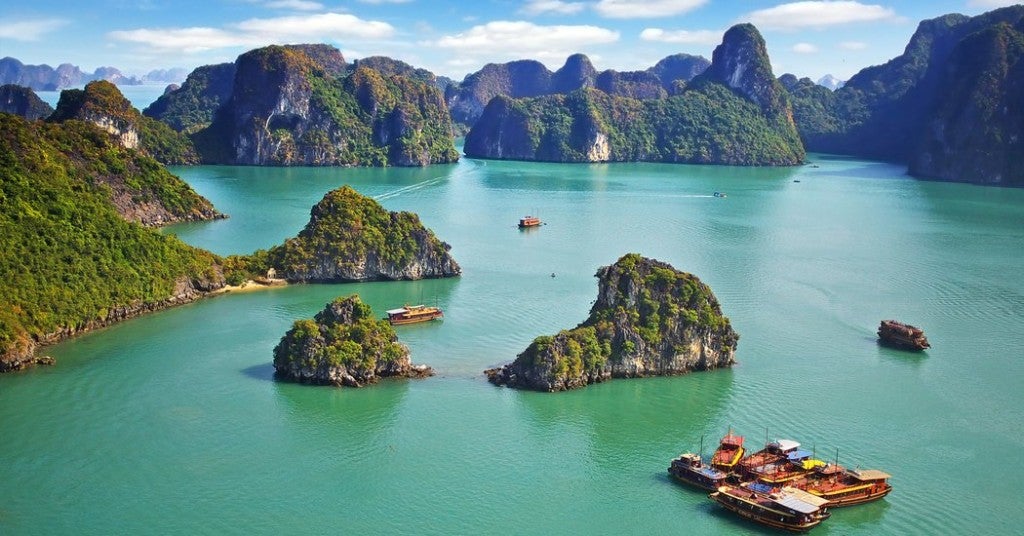
Source: The New York Times
There are also a number of limestone islands housing caves and grottoes within them, where many are part of the local folklore and legends. In order to preserve its natural state and integrity, only some of them are open to visitors.
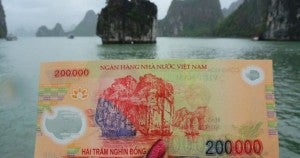
Source: BestPrice Travel
Nepal
3. Mount Everest, Kasthamandap Temple – 5NPR
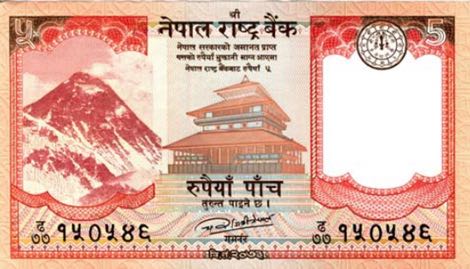
Source: Banknotes News
One feature of the Nepalese rupee banknote that distinguishes it from the rest is that it has the world’s tallest mountain, Mount Everest printed on the front of all its banknotes. What a creative way to preserve a national treasure!
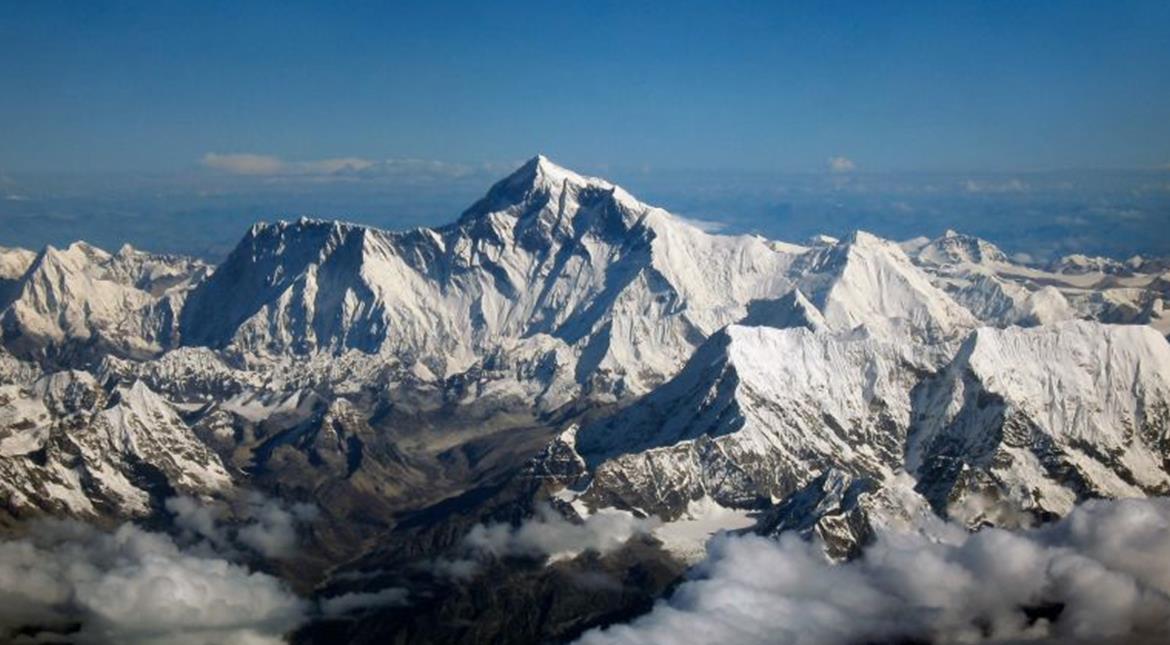
Source: Wion
Kasthamandap Temple, one of the largest and most noted pagodas of Nepal, is a three-storey pagoda-style temple situated in the Human Dhoka Durbar Square, the heart of Kathmandu city. Legend has it that the temple was constructed out of a single Sal tree in the 12th century. No metal nails and rivets were used in the construction of the significant cultural heritage architecture.
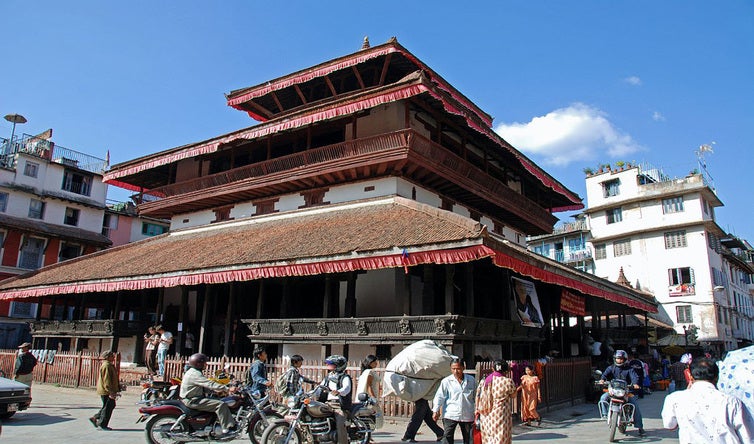
Source: Blog
Fun fact: The Kathmandu city is believed to be named after the temple itself, as Kasthamandap means ‘wood-pavilion’.
China
There’s just too many beautiful sceneries all across China featured on each and every one of their banknotes. After going through the lot, we’ve decided to narrow down the must-visits to these three places printed on each banknote.
4. West Lake, Hangzhou – 1RMB
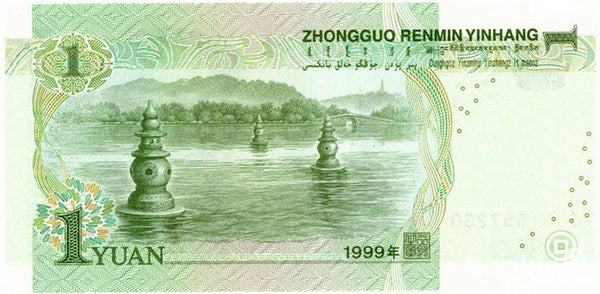
Source: Blog
Located in the south-west of Hangzhou, there are a total of 10 views of West Lake, a place that was formed in the Southern Song Dynasty. The scenery featured on the banknote is the Three Pools Mirroring the Moon, which actually refers to the three gourd-shaped stupas in the lake that seem to float on water, each one of them measuring about 2-metres high.
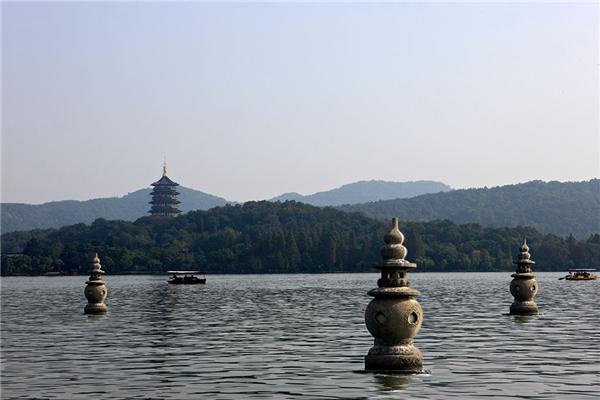
Source: ChinaTours.com
The scene of “one moon in the sky, three shadows on the lake” is formed by the candlelight from small holes in the stupas, where the light reflection on the lake looks like some small moons in contrast with the bright moon.
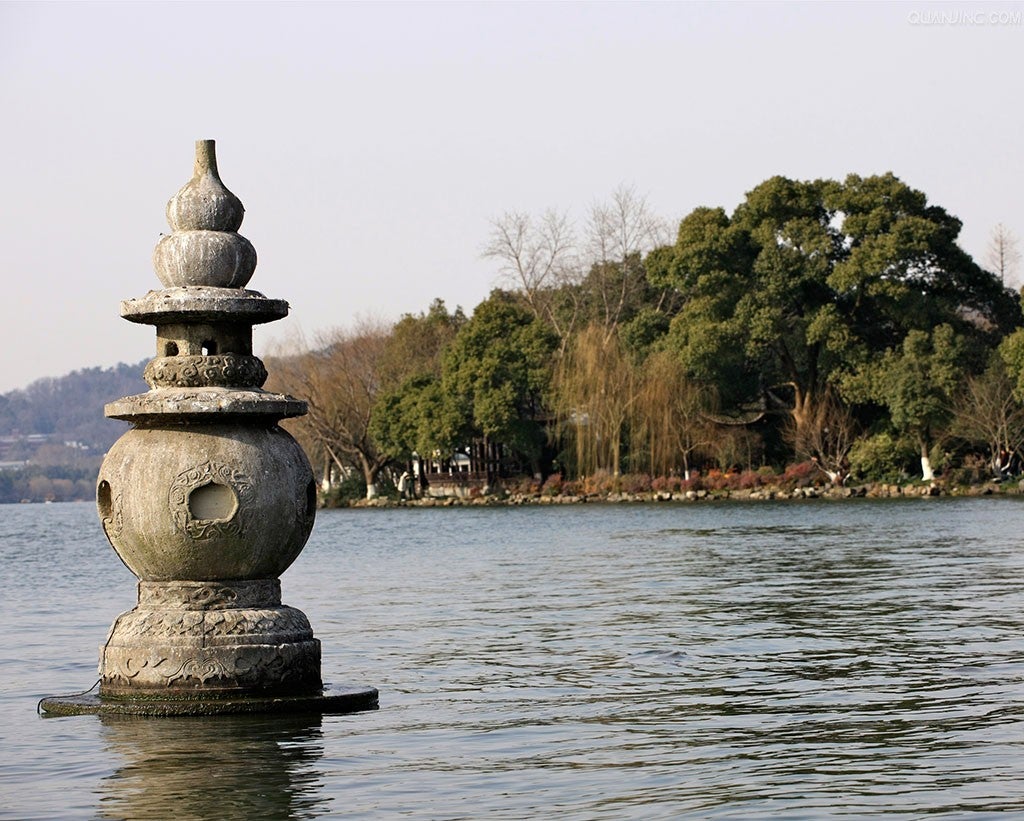
Source: baike.com
5. Taishan, Shandong – 5RMB
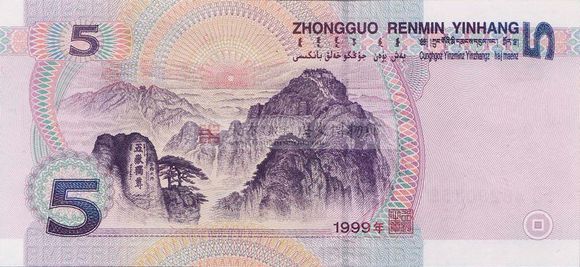
Source: 民族之魂
One of the Five Sacred Mountains of Taoism in China, Mount Taishan is considered one of the most beautiful scenic spots in China. Listed in the World Natural and Cultural Heritage List of UNESCO in 1987, the mountain is a source of inspiration for Chinese artists and scholars, and symbolises the ancient Chinese civilizations and beliefs. Dozens of temples, stone tablets and inscriptions line the path to the summit, attracting six million people to the world-renowned treasure house of history and culture annually.
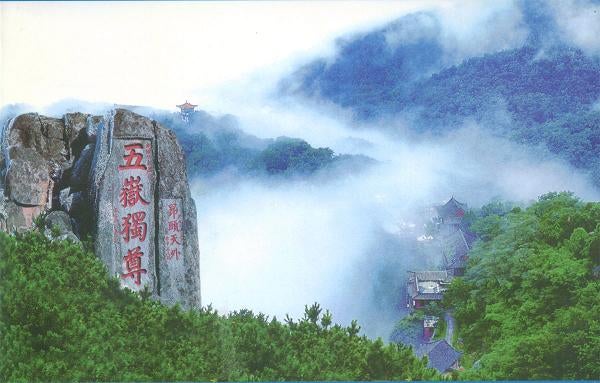
Source: Into China Travel
With more than 6,000 stone steps, you can opt to take a cable car halfway. Walking the whole way can take anywhere from three to seven hours. Plus, you can stop by the 11 gates, 14 archways, 14 kiosks and four pavilions on your way up the steps!
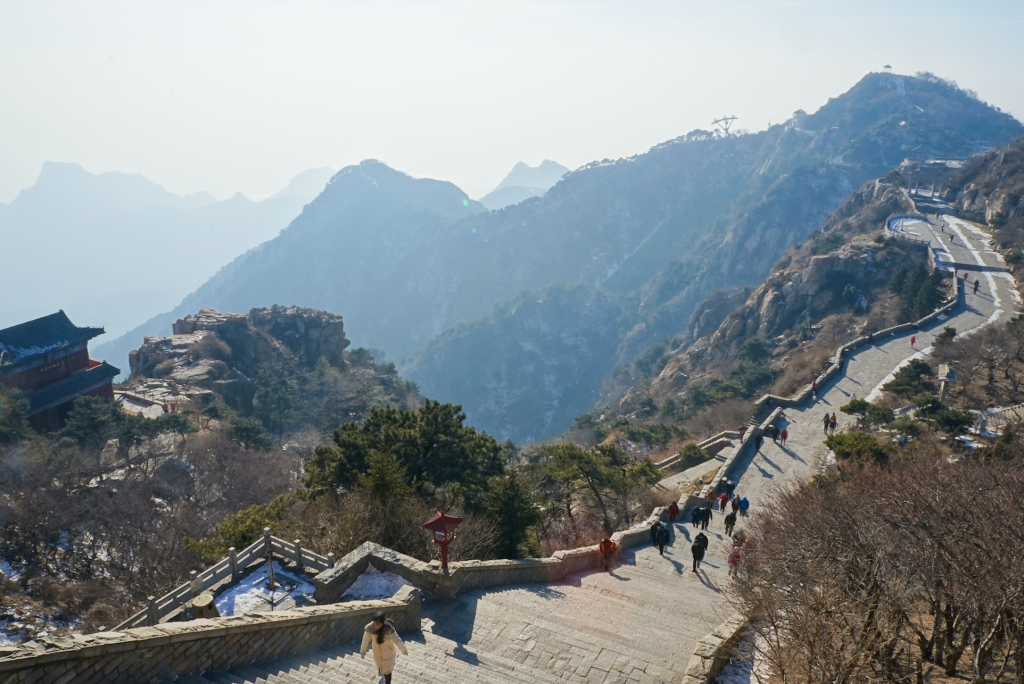
Source: Inspired By Maps
6. Potala Palace, Lhasa – 50RMB
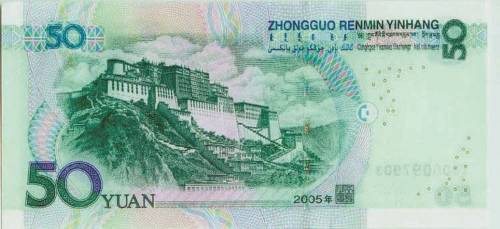
Source: Panda Guides
Once the seat of the Tibetan government and the winter residence of the Dalai Lamas, Potala Palace is regarded as the landmark and the symbol of Tibet. Situated on the Red Hill of central Lhasa, it is the highest ancient palace in the world, reaching 3,767.19 metres (12,359.55 feet) at the peak. The 13-storey giant palace is a complicated layout, consisting of many houses, towers, chapels, libraries, golden stupas and prayer halls. It is also listed as a UNESCO World Heritage Site, where you can see the great views of Lhasa city as well as beautiful plateau landscape far away.
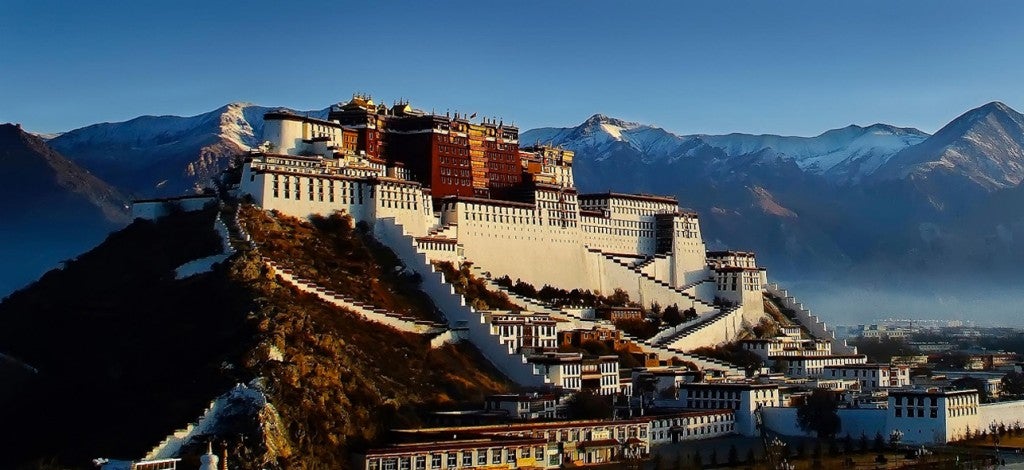
Source: Tibetdiscovery.com
The palace was painted red to represent stateliness and power. In fact, Potala was named after a holy hill in South India, a Sanskrit word meaning “Abode of the Avalokitesvara (Buddha of Mercy)”. FYI, visits to the palace are limited so you’ll need to book your tickets several days in advance!
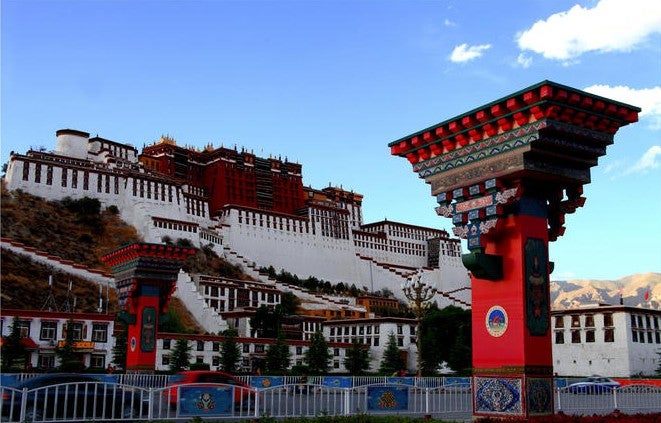
Source: Lonely Planet
Bhutan
7. Tashichho Dzong – 100BTN
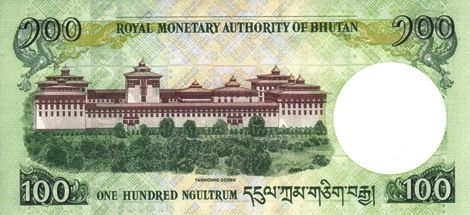
Source: Banknotes News
Two kilometres away from the main town, this massive fortress is one of the most popular and biggest landmarks in Thimphu town, next to the banks of the Wangchu River. Bearing the meaning of the fortress of “auspicious doctrine”, Tashichho Dzong is home to the King of Bhutan, throne room, ministers and various government organisations since 1952. The northern portion is the summer residence of Bhutan’s spiritual leader, Je Khenpo and the Central Monastic Body.
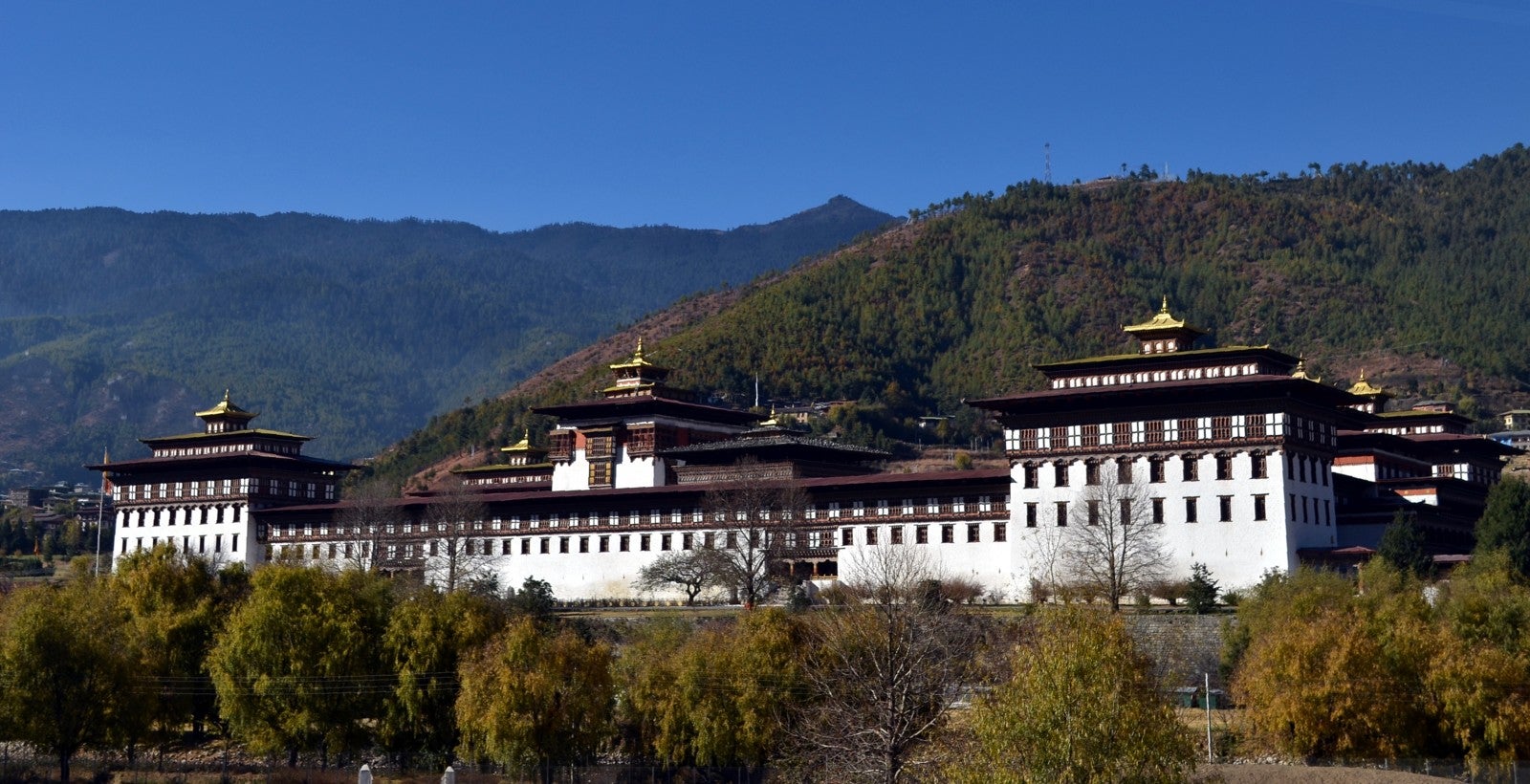
Source: Wikimedia Commons
The entire building was built in traditional fashion, without nails or written plans. Plus, there is a beautiful rose garden and well-kept lawns within the dzong as well!
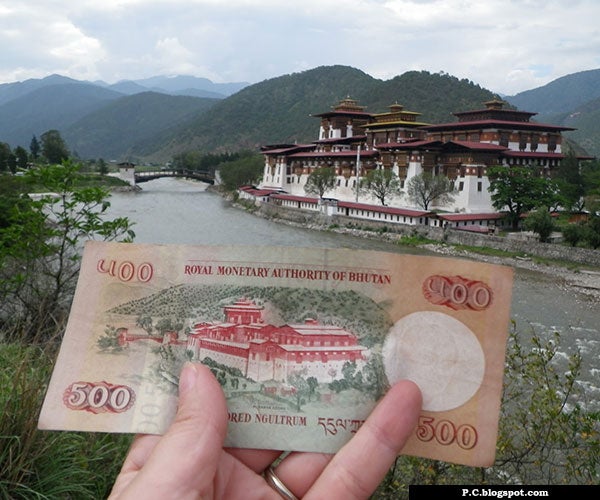
Source: Travel To Bhutan
India
8. Red Fort, Dehli – 500INR
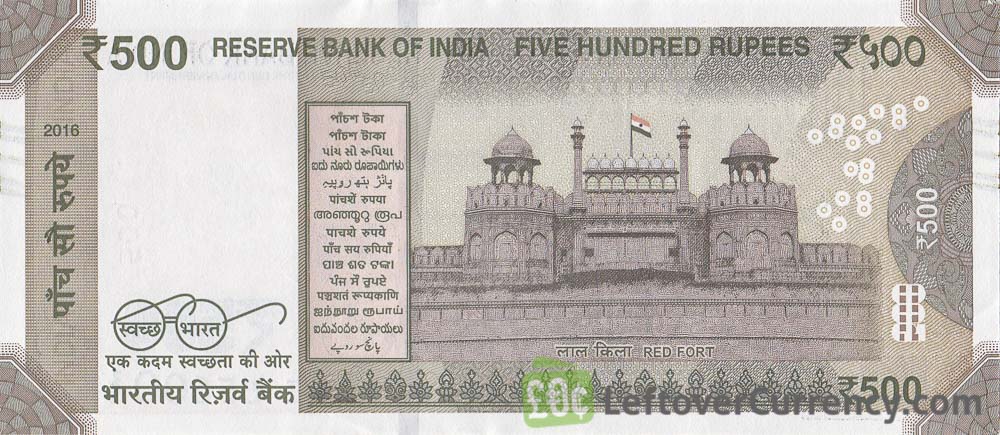
Source: Leftover Currency
Also known as the Lal Qila, the fortress-palace was constructed by one of the most famous Mughal emperors, Shah Jahan. Built on the banks of river Yamuna, the fort served as the royal residence of the Mughal emperors from 1648 to 1857. Now, it still holds on to its importance as the Indian Prime Minister delivers his Independence Day speech from the fort, every year on August 15. Declared as a UNESCO World Heritage Site in 2007, the massive 33-metre tall Red Fort derived its name from its red sandstone walls.
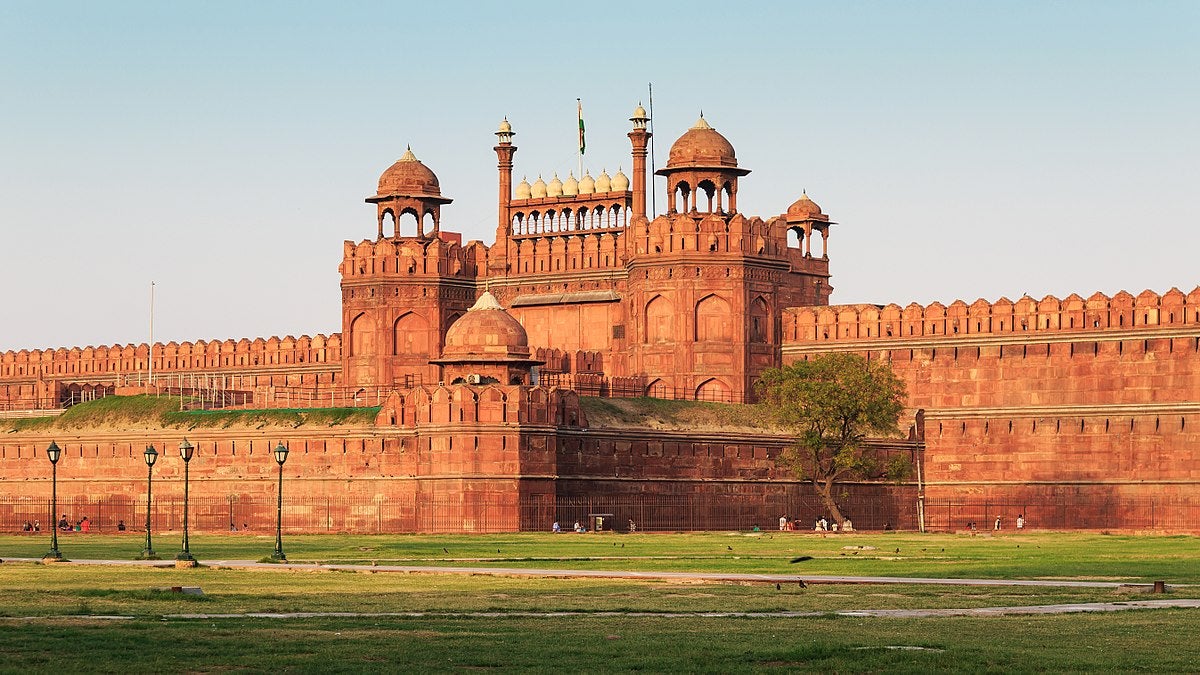
Source: Wikipedia
The planning of the palace was based on Islamic prototypes, but each pavilion reveals architectural elements typical of the Mughal building, reflecting a fusion of Persian, Timurid and Hindu traditions.
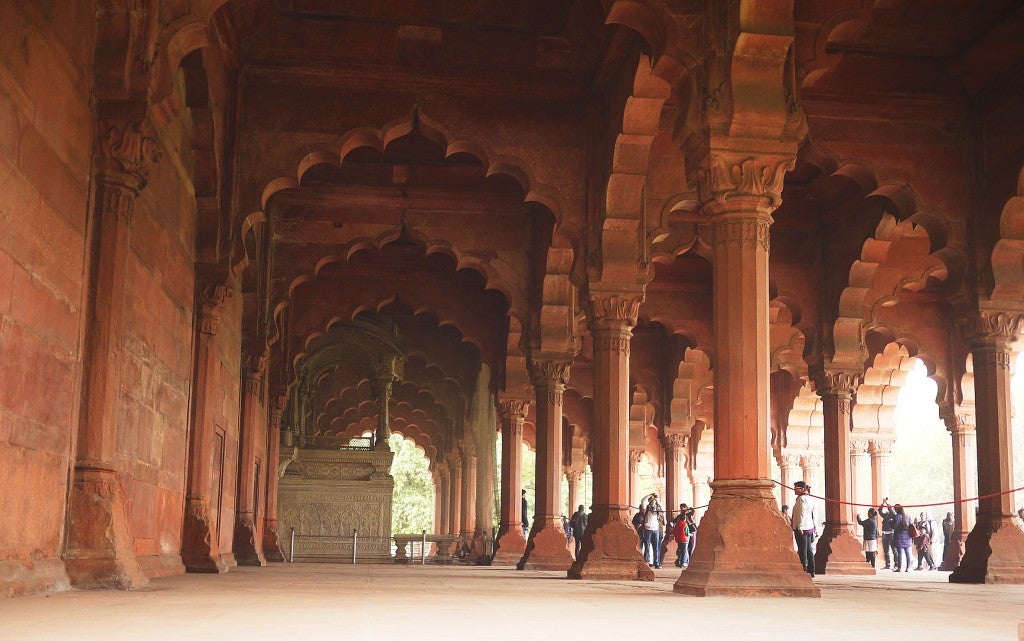
Source: India Trip
Egypt
9. Great Sphinx of Giza – 100EGP
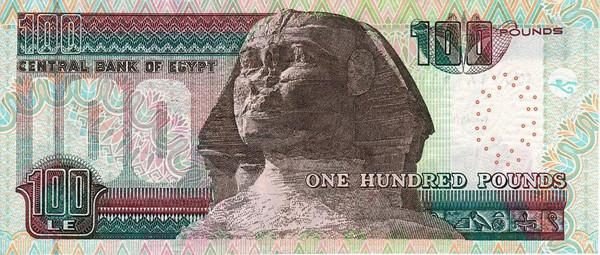
Source: The Middle East Monitor
Arguably named as the eighth wonder of the ancient world, the national symbol of Egypt is an iconic sculpture to behold. Carved out of a single piece of limestone, the sculpture depicts a huge body of a lion with the head of an Egyptian king, King Khafre. It stands at 20 metres (66 feet) tall and 73 metres (240 feet) long, making it the largest known sphnix of the ancient world. Numerous theories and secrets revolving the ancient monument remain a mystery till now, despite years of studies by archaeologists and scholars.
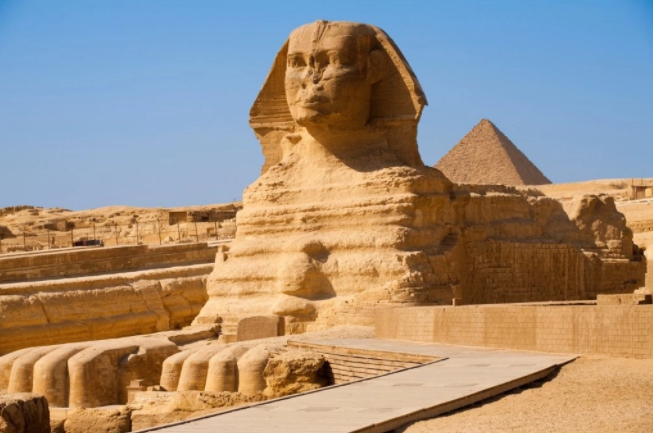
Source: Jumia Travel
Did you know that the word ‘sphnix’ hails from Greek? ‘Sphnix’ means ‘strangler’, and was first given by the Greeks to their own mythical sphnix, Oedipus, which had the body of a beast and head of a woman.
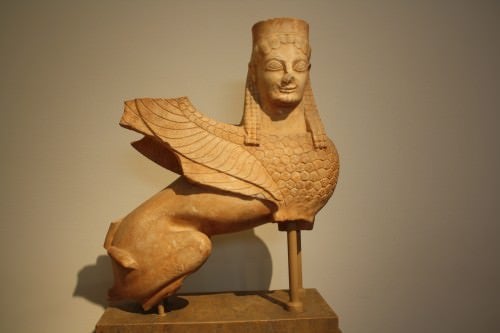
Source: Ancient History Encyclopedia
Turkey
10.Library of Celsus, Ephesus – 20 millionTRY
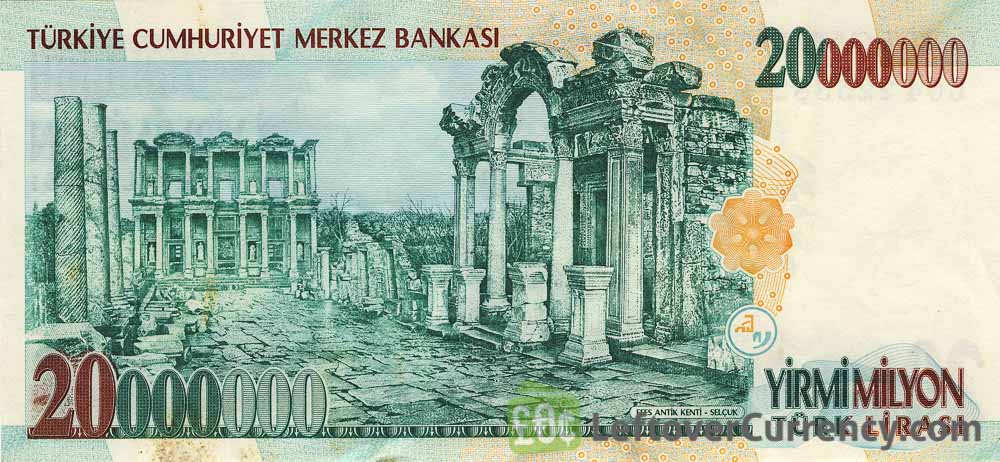
Source: Leftover Currency
This old banknote has been withdrawn from circulation in 2006. Yet, it is worth adding into your collection if you are an old banknote fan. This rare banknote is part of the obsolete Old Turkish Lira banknotes series, a part of the 7th emission group 1970. The six zeroes have been dropped and the banknote was replaced by a banknote of 20 new Turkish lira since 2005.
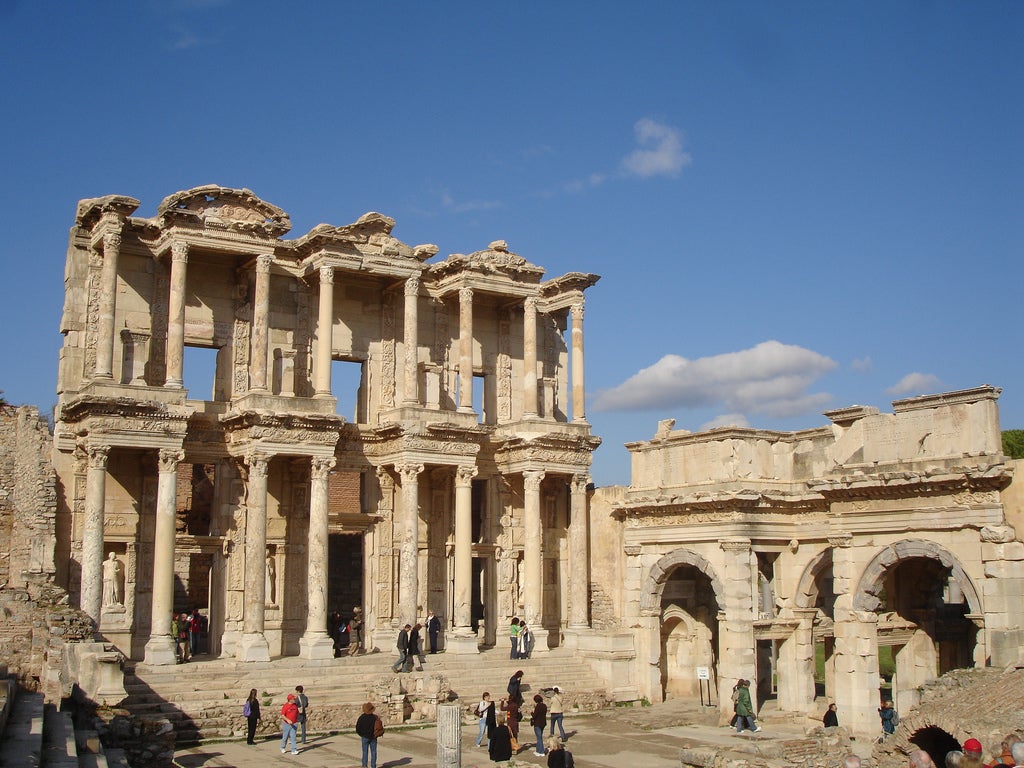
Source: Travel Europa
One of the most beautiful structures in Ephesus, Library of Celsus was the third largest library in Classical Antiquity. The library takes its name from Julius Celsus Polemaenus, the Roman governor of Asia Minor in the 2nd century AD, and serves as a monumental tomb for him. The two-storey façade once held 12,000 scrolls containing a wealth of knowledge from the ancient world, but sadly, none of them survived the library’s destruction in 262 AD.
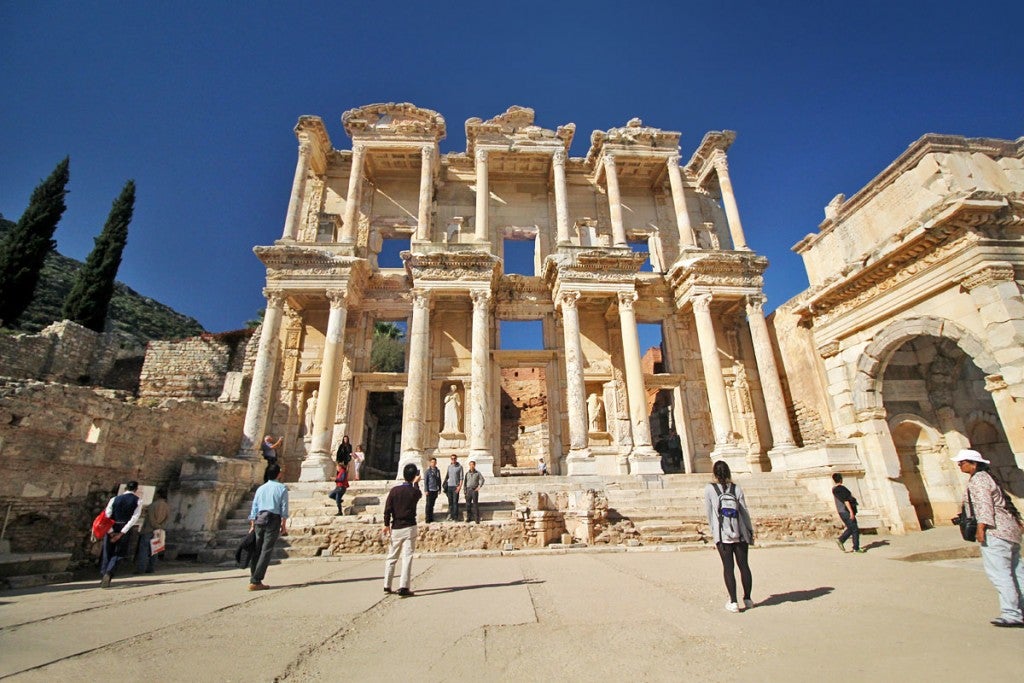
Source: Will Fly For Food
Bitten by the wanderlust bug after reading this? Well, now you know which specific spots to visit to get that Insta-worthy shot that is not only extraordinary, but also rich in history and worth a ton of memories! 😉
Also read: M’sian Shares How She Spent Less Than RM700 Travelling to 3 Countries in 7 Days

